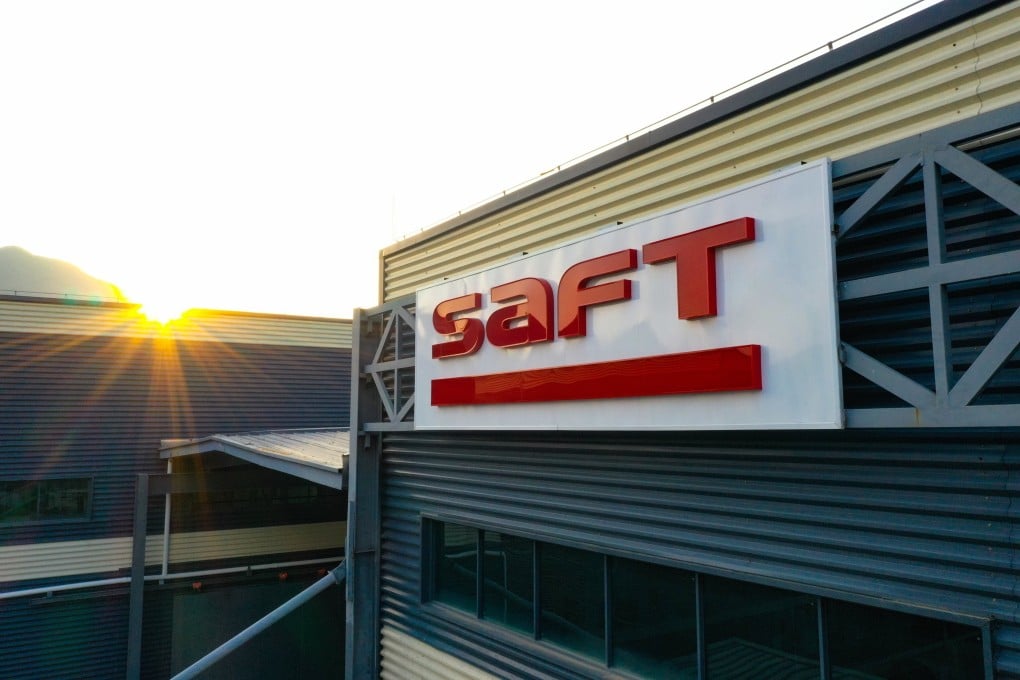French battery maker Saft opens energy storage plant in Zhuhai, betting on city’s future role in bay area
- The battery arm of the French oil giant Total said the new 6,600 square-metre facility is part of its efforts to tap the growing global energy storage market
- Zhuhai is earmarked in the bay area blueprint for a role of developing the renewable energy storage market

The battery arm of the French oil giant Total said on Wednesday that the launch of the new 6,600 square-metre facility in Sanzao Science & Technology Industrial Park, near the airport, is part of efforts to grab a share of the growing energy storage market as global demand for renewable energy expands.
The new plant in Zhuhai, with an annual capacity of 480 megawatt hours (MWh) of battery storage packed into 200 containers, is designed to serve Saft’s consumers worldwide.
“Investment in our Zhuhai production line shows how we have grown from being a supplier of batteries to providing complete energy solutions. Customers are turning to us for fully-integrated energy storage and microgrid technology solutions,” said Hervé Amossé, executive vice-president of Saft’s energy storage solutions and mobility division.
The Greater Bay Area, a national scheme to integrate nine mainland Chinese cities with Hong Kong and Macau to creater an economic powerhouse to rival Silicon Valley, is set to play a big role in achieving this.
